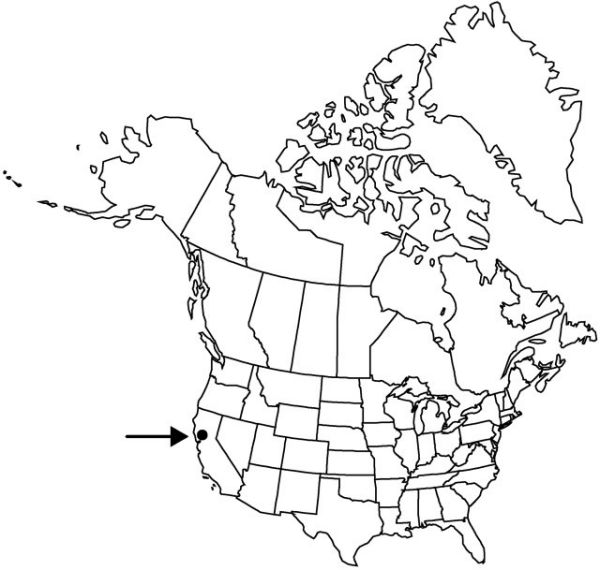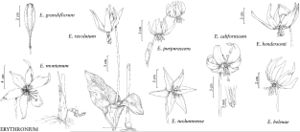Difference between revisions of "Erythronium helenae"
Contr. Dudley Herb. 1: 188. 1933.
Common names: Mount St. Helena fawn-lily
FNA>Volume Importer |
FNA>Volume Importer |
||
| Line 47: | Line 47: | ||
|publication year=1933 | |publication year=1933 | ||
|special status= | |special status= | ||
| − | |source xml=https://jpend@bitbucket.org/aafc-mbb/fna-data-curation.git/src/ | + | |source xml=https://jpend@bitbucket.org/aafc-mbb/fna-data-curation.git/src/8f726806613d60c220dc4493de13607dd3150896/coarse_grained_fna_xml/V26/V26_266.xml |
|genus=Erythronium | |genus=Erythronium | ||
|species=Erythronium helenae | |species=Erythronium helenae | ||
Revision as of 16:43, 18 September 2019
Bulbs ovoid, 30–55 mm, sometimes producing sessile bulbels. Leaves 7–20 cm; blade mottled with irregular streaks of brown or white, broadly lanceolate to ovate, margins ± wavy. Scape 12–30 cm. Inflorescences 1–3-flowered. Flowers fragrant; tepals ± white, bright yellow at base, pinkish in age, lanceolate to ovate, 25–40 mm, inner with small auricles at base; stamens 8–13 mm; filaments ± yellow, linear, ± slender, less than 0.8 mm wide; anthers yellow; style ± white, often bent to one side, 5–8 mm; stigma unlobed or with lobes shorter than 1 mm. Capsules obovoid, 2–4 cm. 2n = 24.
Phenology: Flowering spring (Mar–Apr).
Habitat: Dry woods or scrub, on serpentines
Elevation: 500–1200 m
Distribution

Calif. (vicinity of Mount St. Helena).
Discussion
Selected References
None.
Lower Taxa
None.
